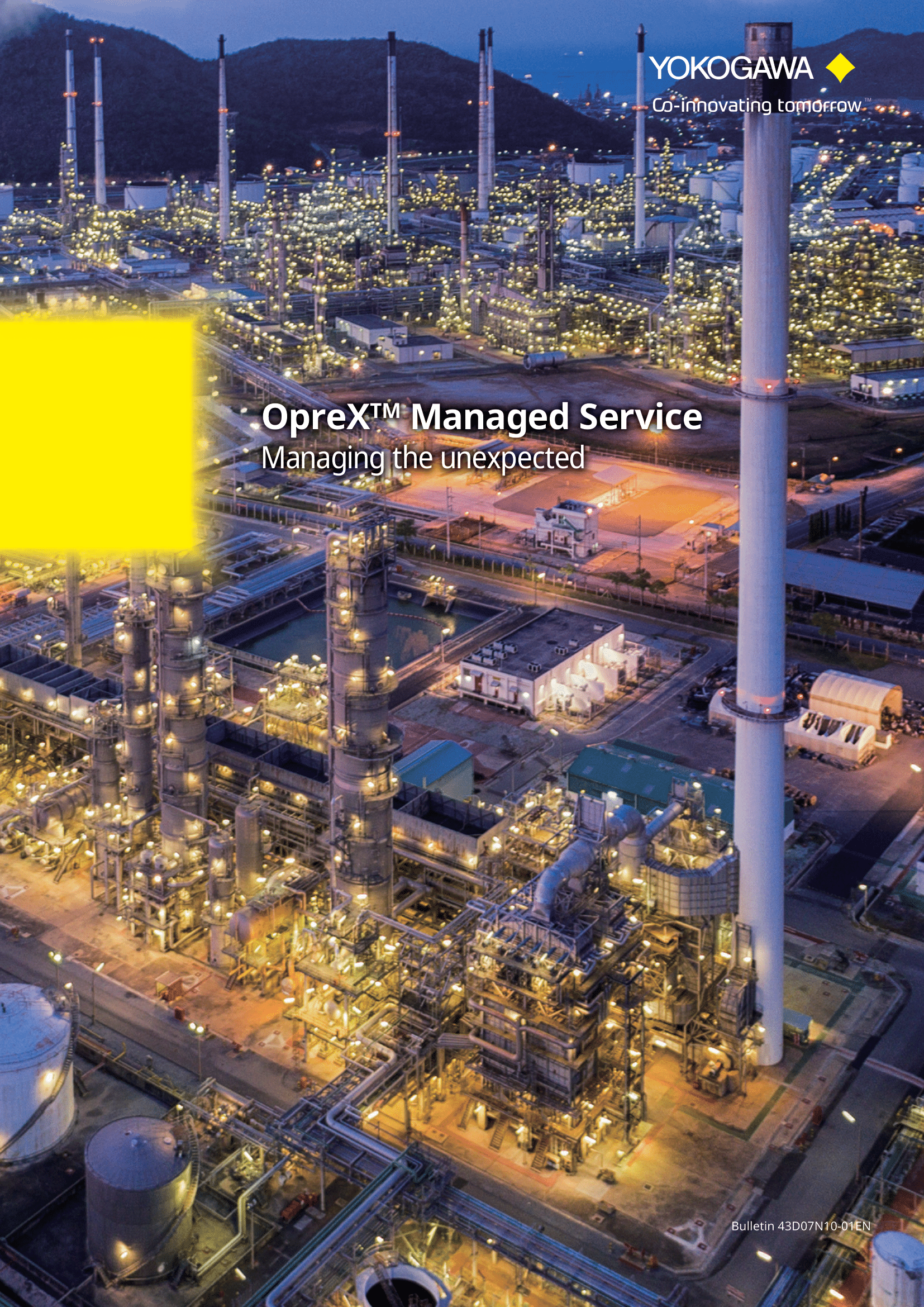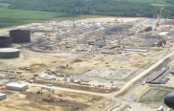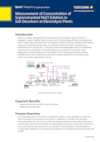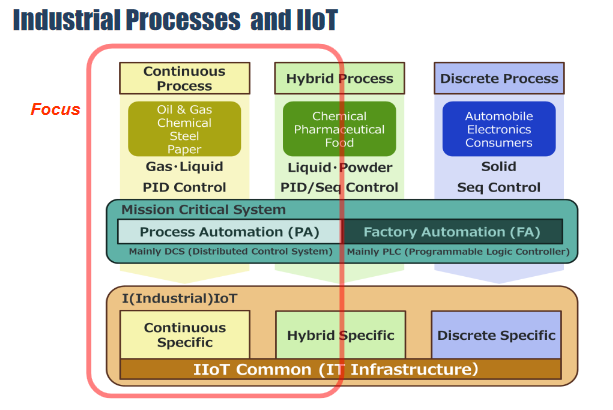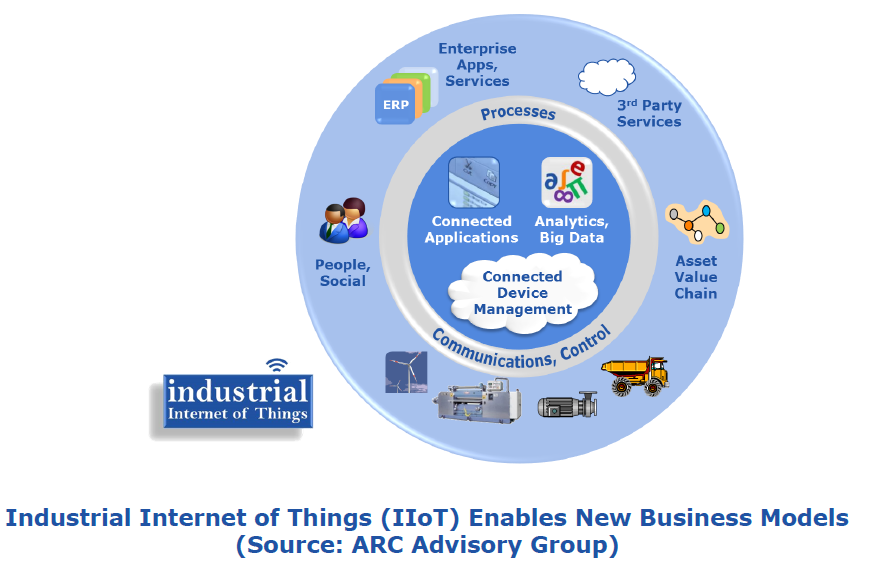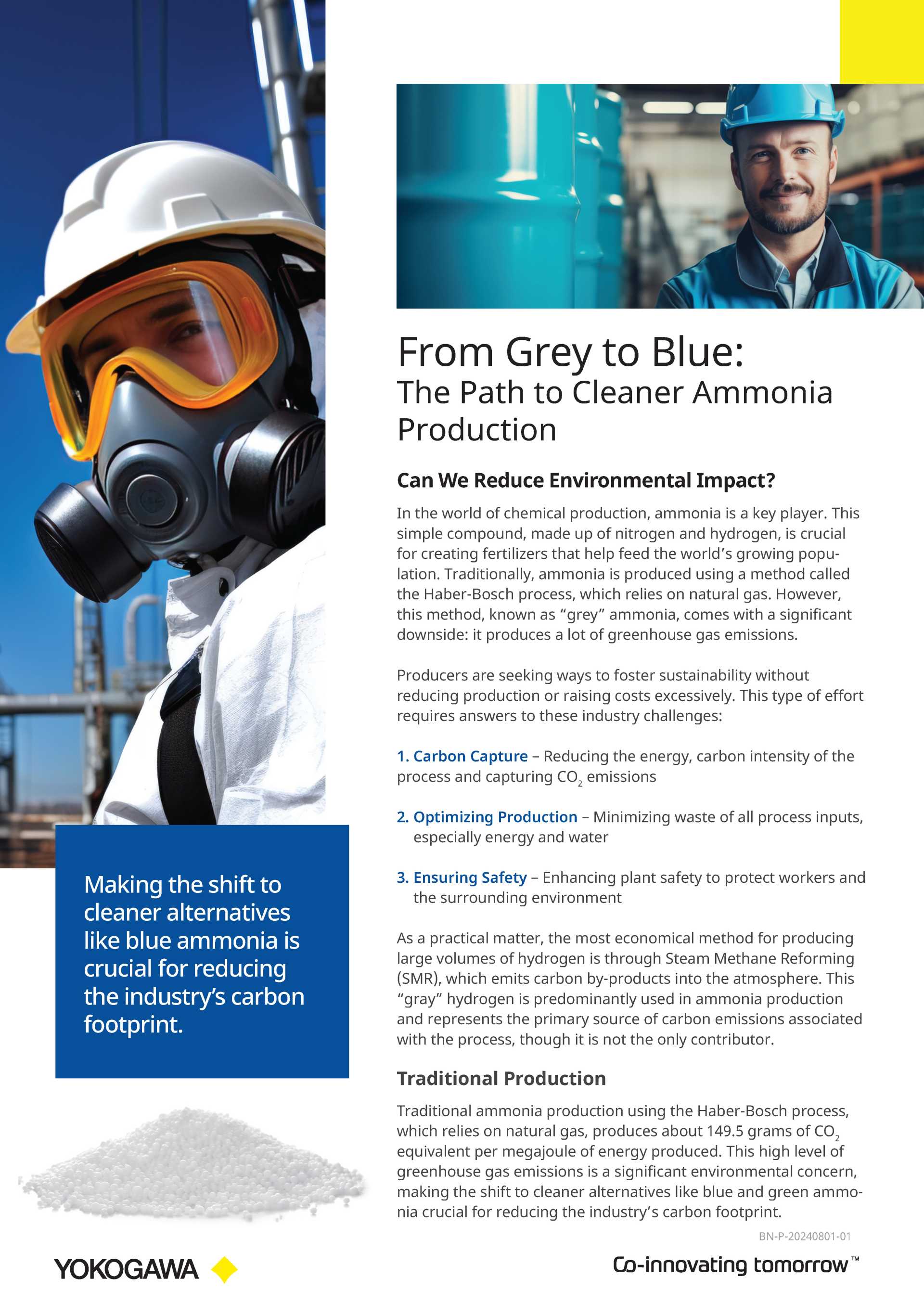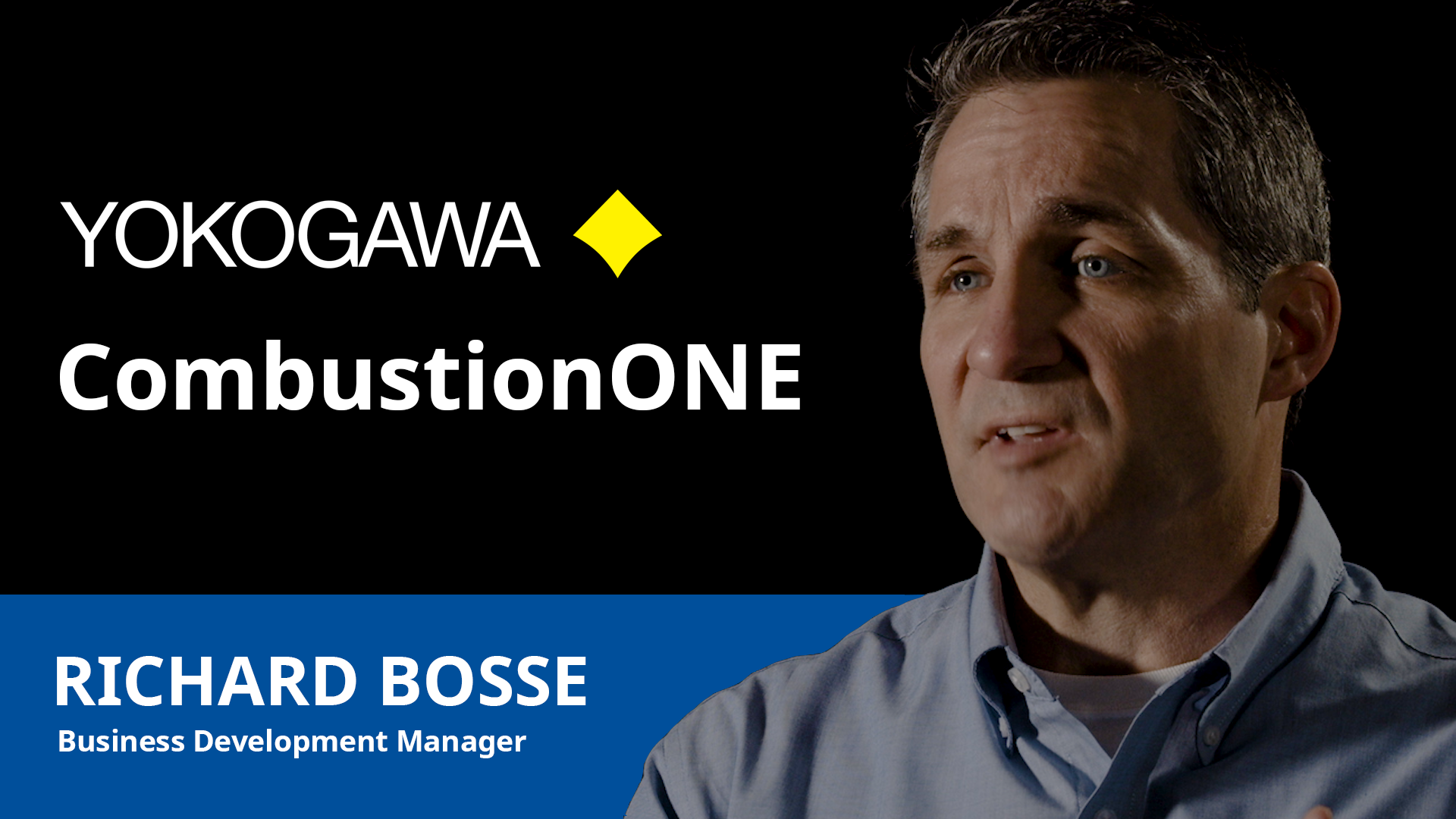Shaping a Sustainable Future
Ammonia is essential for sustainable agriculture, eco-friendly fertilizers, carbon-neutral transportation fuel, and hydrogen energy for a clean energy future. The global shift to green ammonia is happening now. As leaders in digital automation and carbon management solutions, Yokogawa provides advanced asset monitoring, energy efficiency optimization, and control over critical process parameters. Whether capturing GHG emissions, optimizing production stages, or ensuring reliable plant performance, Yokogawa is your partner in future-proof ammonia production.
 |
Bending the Ammonia Curve Welcome to enhanced operational efficiency and sustainable manufacturing. Yokogawa seamlessly integrates with your existing ammonia production systems, leveraging our deep expertise in process optimization and smart automation. By utilizing AI-driven solutions, we identify areas for continuous improvement, reduce carbon emissions, and boost production performance. Our tailored automation systems streamline workflows, enhance workplace safety, and ensure compliance with industry standards. |
|
Blue Insights Blue ammonia, created by integrating carbon capture technologies and sustainable manufacturing practices into traditional ammonia production methods, significantly cuts carbon emissions. This innovative method supports eco-friendly agriculture with its use in fertilizer production and is a promising renewable energy source for green transportation fuels, power generation, and low-carbon industrial applications. By permanently sequestering CO2, blue ammonia helps fight global warming and promotes a carbon-neutral future for the planet.
|
 |
Industry Factors. Yokogawa Responds.
|
Bright Ideas a Clean Future Capital investment in sustainable production technologies becomes more secure by reducing operational costs, scaling up electrolyzer capacity, and deploying carbon capture and utilization (CCUS) solutions. While both blue ammonia and green ammonia production face cost challenges, the growing demand for green mobility and renewable power is poised to drive ammonia decarbonization and the transition to a carbon-neutral economy. |
Technology & Infrastructure Yokogawa’s smart process automation systems ensure precision control and resource efficiency in ammonia synthesis, reducing energy costs and minimizing waste. Through real-time analytics and predictive maintenance tools, we enable ongoing optimization, improving plant reliability, production throughput, and cost savings. |
Emission Reductions & Greener Production Environmental concerns have led to stricter emissions regulations, and the cost of low-carbon ammonia can vary significantly. Green ammonia premiums will pose challenges, but Yokogawa offers solutions for operational efficiency, carbon reduction, and cost-effective, sustainable energy production. |
Enhancing Control, Capability, & Security Advances in production technology and process innovations enhance production efficiency and reduce costs. Yokogawa is committed to sustainability, workplace safety, and meeting growing industrial demands. We have the expertise to retrofit existing production systems with CCUS, energy-saving measures, and CO2 storage and transport technologies. |
Upcoming Events
-
Event Mar 26 - Dec 31, 2025 CENTUM 50th Anniversary
Marking its 50th anniversary, CENTUM—introduced by Yokogawa in 1975 as the world’s first distributed control system—has continually advanced as a foundational platform for plant monitoring and control, renowned for its reliability, stability, and compatibility.
Details
Managing Ammonia Challenges
Accelerating the suitable transition of the Ammonia Industry
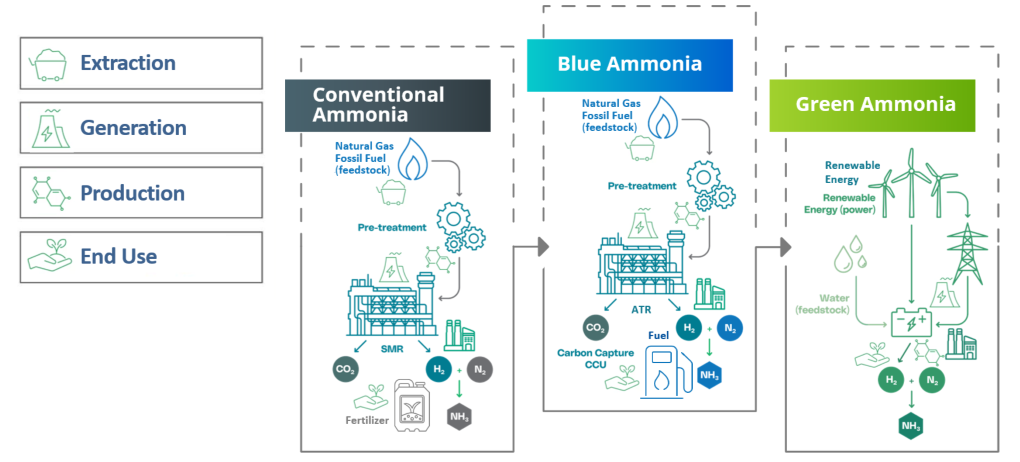
 |
 |
||
Ammonia Applications
Yokogawa helps methanol producers and manufacturers of sustainable chemicals and fuels by providing automation solutions that enable plant-wide integration and lifecycle optimization. Here’s a quick list of applications where Yokogawa’s global expertise delivers comprehensive automation solutions for the methanol production process, helping produce a wide range of products, including sustainable plastics, bio-based paints, automotive parts, construction materials, and clean energy sources used to fuel green transportation, power homes, and industries. This is just a glimpse of the thousands of sustainable products made using methanol.
Chlorine
- Construction (PVC windows, water pipes, flooring, roofing materials)
- Energy (batteries, solar panels, wind turbine blades)
- Food (crop protection, thickening agents)
- Health & personal care (bleaches, cosmetics, detergents, dental treatments/cements, deodorants, dry cleaning, textiles)
- Home Care (paints, adhesives, refrigerants)
- Paper (inks, coatings, pulp)
- Pharmaceuticals (cancer treatment)
- Safety (water treatment)
- Sport (exercise equipment, clothing)
- Technology (circuit boards, fiber-optics, semiconductors, smartphones)
- Transportation (car parts, brake fluid, anti-freeze)
Caustic soda
- Construction (carbon fiber, mining, metal plating)
- Energy (oil refining, wind turbines)
- Health & personal care (soaps, toothbrushes, anticoagulants, shampoo, vitamins)
- Household (cooking equipment, foils, doors and windows)
- Sport (bicycles, tennis rackets, sails)
Aerosols
- Caustic potash
- Disinfectants
- Fragrances (air fresheners)
Solvents
- Paint Varnishes
- Shellac
- Brake parts cleaner
- Antifreeze
- Windshield washer fluid
- Adhesives
- Resins
- Inks
Resources
In 2011, Pandora Methanol acquired petrochemical production facilities in Beaumont, Texas that had been mothballed since 2004. These two plants, a 13-year old ammonia plant and a 50-year old methanol plant, had received only marginal maintenance during this extended shutdown and had suffered direct hits from two major hurricanes.
- IFCo chose Omegaland operator training system to make ready for a flawless and safe plant start-up.
- Omegaland is contributing to operator training prior to completion of the greenfield fertilizer plant.
NH3 injection lowers NOx in stack flue gas, boosts dust collection efficiency, and prevents erosion. Precise measurement and control of NH3 are crucial to avoid excess use, which increases costs and causes odors. The TDLS8000 solves these issues with direct measurement for effective NH3 management.
Control of sodium chloride (NaCl) concentration at a salt dissolver where solid salt is dissolved in water, is highly important because of the electrolysis efficiency. A conventional way of measuring the concentration of supersaturated NaCl solution had been performed by using non-contact type sensors (e.g., γ-ray density meter) since NaCl, impurities, and precipitates are in the solution.
The plant still has legacy OT systems that pose significant challenges in a modern ammonia manufacturing environment due to their limited functionality, which can prevent the adoption of advanced technologies and tools needed to keep up with current production demands. These systems often require costly and hard-to-find maintenance and support as they age, and they lack robust cybersecurity measures, making them vulnerable to cyber threats.
This white paper provides an overview of how Yokogawa believes its customers can best prepare for and position themselves to benefit from IIoT-enabled technology and solutions and digitalization in general to emerge as the successful connected industrial enterprises of the future.
Industry 4.0 represents a transformative era set to revolutionize global industries signifying a seismic shift in productivity, leveraging digital technologies for enhanced efficiency and sustainability. Key components include automation, machine learning, real-time information, and interconnectivity. Ensuring that maintenance receives real-time information at the right time is crucial, requiring an operation technology infrastructure that integrates from sensors to enterprise systems.
Yokogawa’s industrial automation (IA) product and service offerings, industry domain knowledge, and VigilantPlant approach – which emphasizes safe, secure, and uninterrupted operations -- provide a solid foundation for an Industrial Internet of Things that specifically addresses the requirements of process automation, particularly for the OT side of the equation. To be able to provide an equally solid foundation for the IT side, Yokogawa is partnering with Cisco Systems and other industry leaders.
Digital twins are dynamic digital representations that enable companies to understand, predict and radically reorient their business processes.
Blue ammonia represents a significant opportunity for the ammonia industry. Unlike “green” ammonia, which relies on renewable energy and is still in the early stages of development, blue ammonia can be produced using much of the same infrastructure already in place for grey ammonia.
Kind of. Calibration itself will not extend the life of a sensor, however, a sensor that is not calibrated properly can cause unreliable measurements - that are often misdiagnosed leading to unnecessary replacements.
Optimizing the maintenance cycle is not always straightforward. In some cases, cleaning once a week is sufficient and other processes may require every 8 hours.
Learning these four lessons will help you improve your engineering skills and most importantly extend the life of your pH sensors.
Select the correct pH glass and reference type to improve your pH sensor lifetime and you can limit or even eliminate the effects of temperature and pressure on especially the reference sensor.
The lifetime of a pH sensor has a significant impact on the overall annual costs of a pH measuring loop. Optimizing four key factors will decrease these costs and optimize process control and overall plant efficiency.
Downloads
Brochures
Videos
What is the best way to reduce unplanned downtime? Visibility is a key factor. A lack of visibility is the main cause for unplanned downtime.
In this video learm how Yokogawa addressed this problem.
Watch this on-demand webinar to learn about field wireless and IIoT, the fundamentals of wireless sensor networks, and how a wireless strategy can help transform your business.
Whether you are a safety professional, an industry leader, or someone passionate about fostering a culture of safety excellence, this on-demand webinar is a must-attend event. Join us to unlock the potential of digital technology in driving safety culture forward and ensuring the well-being of your workforce.
Here come our experts discussing the Visual MESA® Energy Management System, anticipating the future of energy management technology to reduce carbon footprints and cash outflows.
Looking for more information on our people, technology and solutions?
Contact Us





